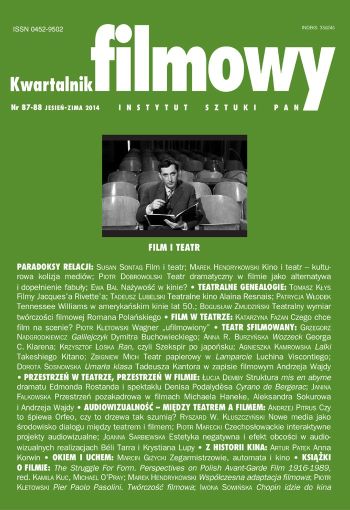SUR LA' SITUATION DES ECOLES DU DEP. D'ALBA AU TEMPS DU DUALISME DE L' EMPIRE D' AUTRICHE - HONGRIE
CU PRIVIRE LA SITUAŢIA ŞCOLARILOR DIN JUDEŢUL ALBA ÎN PERIOADA DUALISMULUI AUSTRO-UNGAR (1867-1918)
L'iqstauration du dualism de l'empire d'Autriche - Hongrie, en '1867, a endes intluences importantes dans le domainetle l'nseignetrent. Dans le departament d'Alba l'ecole etait org~ exclusivement . par . les deux confessionsreligieuses. aggreg&spar retat,. ce carac~re empechant. le developpe~nt nonnal de l'eOseignement, depaurvue de ·1'unit6 dont .il avait besom. Les' condition materieles· dans les qUelles. se deroutait· l'e~errent ttaieant·precaiţe. Les ecoles fonctionnaient dans des bâtţrnents malpropres, beneficiant. d'un mobilier· ancien. L'administration communale et les or~anismes politiques de· l'~tat ont men~ une activite hostile envers l'ecole roumaine~' accentuee &ussi per un systeme legislatif, surtout apres 1867.·. En dq,art· · de ces .difricu1tes' on constate quand ~nee une "sensibţe amffiomtion -de. reRSeigneJnent· .dans le departament d'Alba, par rapport aux' decenniesanterieurs: Ou construisait des locaux de nouvelles· ecoles, les. instituteurs, .. fonnes a Blaj et Sibiu, utilisaient de plus les manuels scolaires laques au lieu de ceux religieux. Ce ver!table 's'etait enregistre dans la zone des ,Monts Apuseni, .Ocna Mureş, · Aiud, Alba Iulia et Sebeş. an constate en cette periode la riche·. actvite menee par lesecoles de Blaj, un centre important de cu1ture i spirituelle roumaine, situ~ a. la confluencedes Tîmaves. Les .cadres didactiques du departament· "CI'Alba se sont situes, le ţendemain' du 1· Deceinbrie 1918, panni ceux qui luttaient pour l'accomplissement de ridea! Il~ti.onal.
More...
